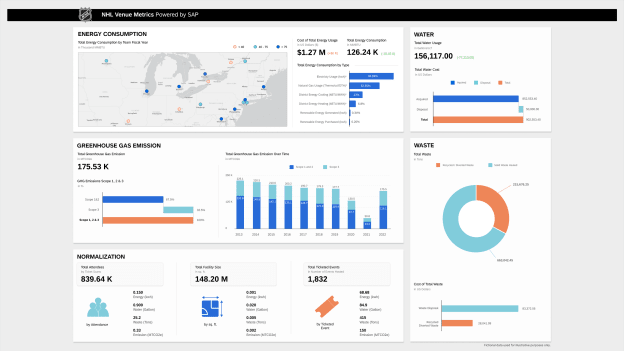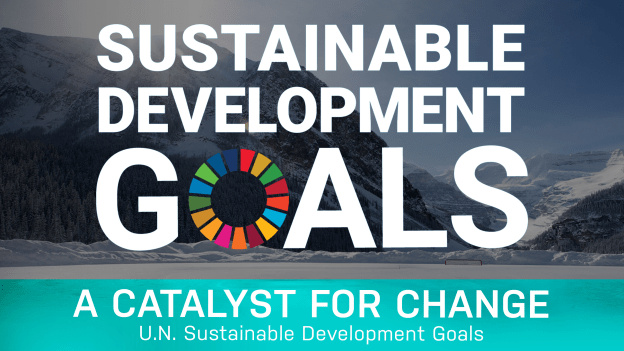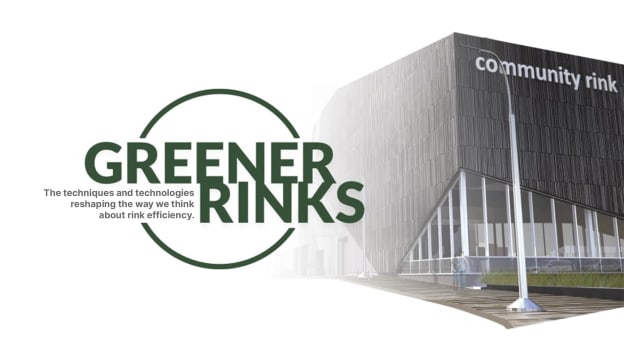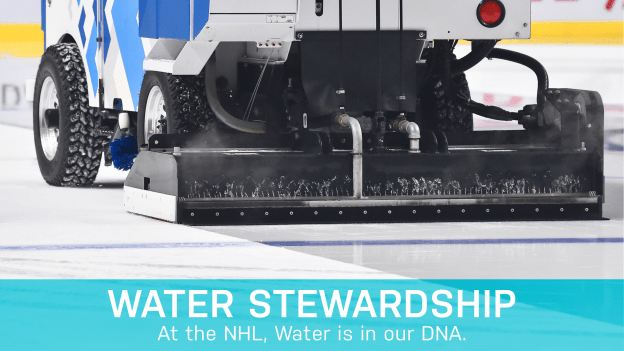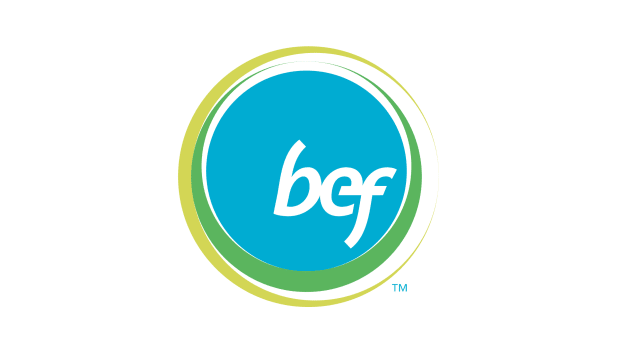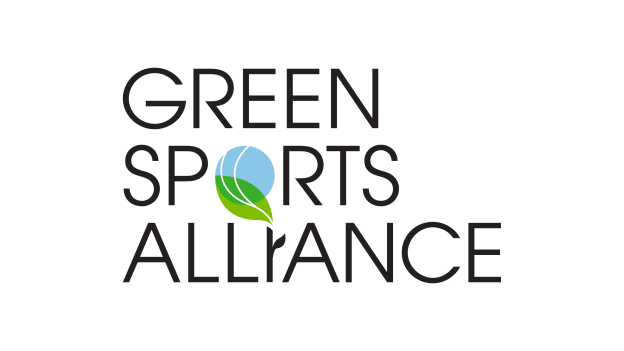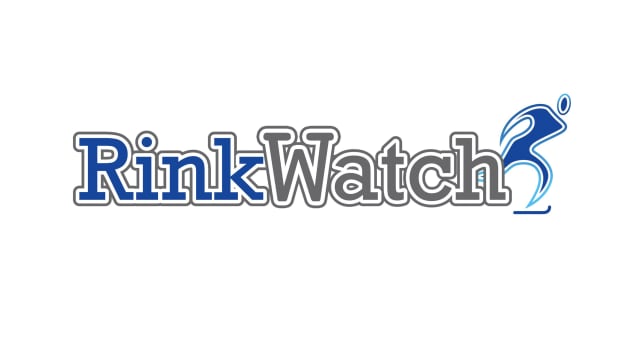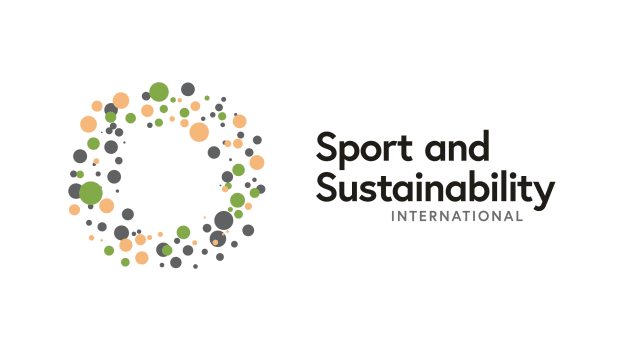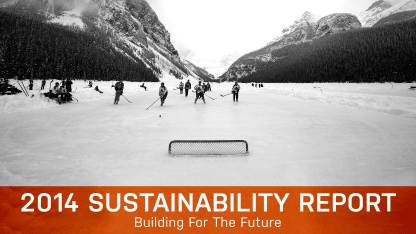
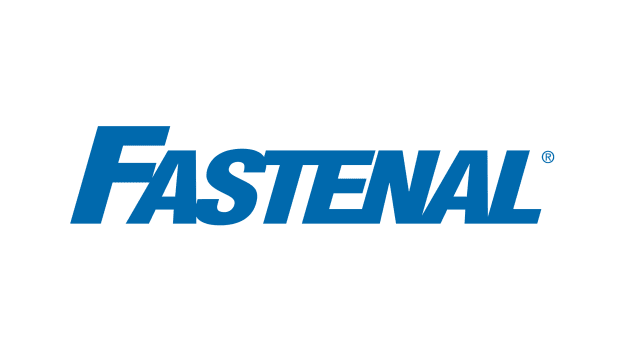
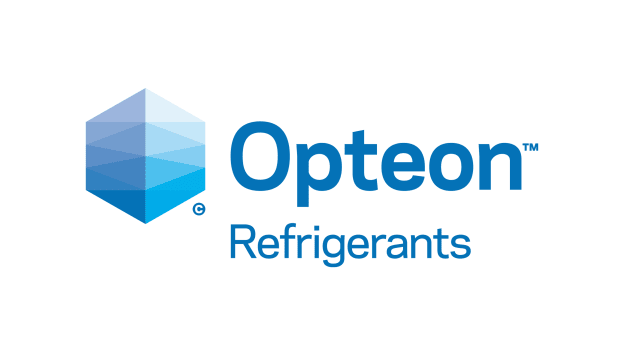
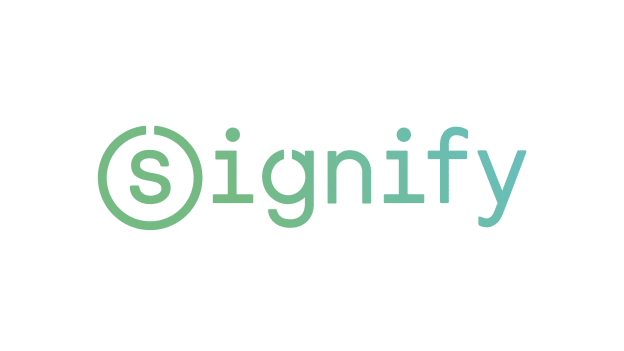

The NHL Green initiative launched at the 2010 Bridgestone Winter Classic to promote sustainable business practices across the League and engage fans around environmental awareness. As part of NHL Green, we also launched the Food Recovery Initiative. The Food Recovery Initiative collected prepared, but untouched food from all our Clubs and donated to organizations in need. In the first 4 years of the program, we diverted over 100 tons of food waste from landfills, equivalent to over 120,000 meals to local food banks.

Gallons for Goals™ launched. For every goal scored during the regular season, the NHL restores 1000 gallons of water through the purchase of Water Restoration Certificates®. Over the past 10 years, the NHL restored over 88 million gallons of water.
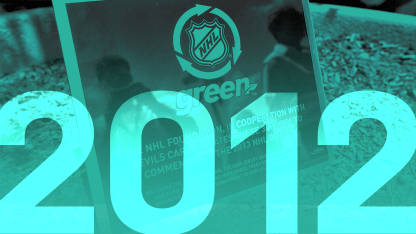
The Legacy Tree Project commenced. Since 2012, The NHL has celebrated the NHL Draft™ by planting a tree to represent each Club in the host city. In the first 5 years of the initiative, the League has planted over 1,500 trees to support the effort.
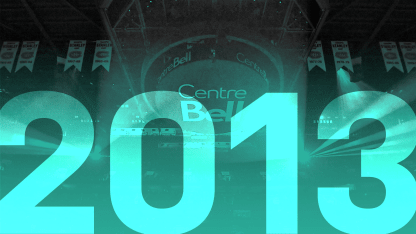
LED Game Lighting used at NHL Arena. Centre Bell, home of the Montréal Canadiens, is the first NHL arena to install LED game lights. Since 2014, all NHL All-Star Games have been played under LED Lights and more than 2/3 of NHL arenas have converted to LED game lights, contributing to substantial energy savings in the facility.
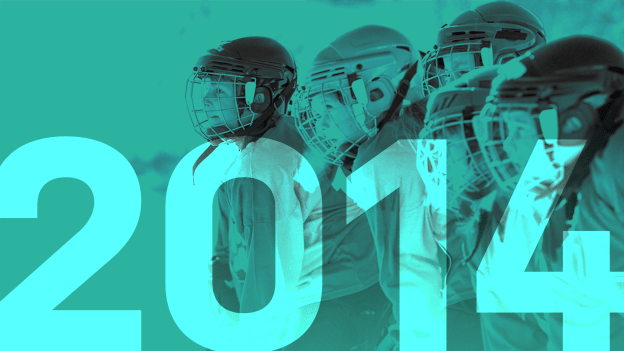
The NHL released the first sustainability report issued by a North American professional sports league. The report includes the League's carbon inventory, a first in US pro sports. Fuel cell innovation comes to NHL. SAP Center, home of the San Jose Sharks, is the first NHL arena to install fuel cell energy servers, which can provide enough onsite energy to power 20%-30% of energy use on game days.

NHL commits to counterbalancing their entire carbon footprint for three consecutive seasons. A first in professional sport in partnership with Constellation Energy. Since 2014, more than 963,200 MWH of energy have been counterbalanced. Xcel Energy Center, home of the Minnesota Wild, is the first sports facility in the US to achieve three environmental certifications Xcel Energy Center has achieved LEED, Golden Globes and ASTM/APEX certification.
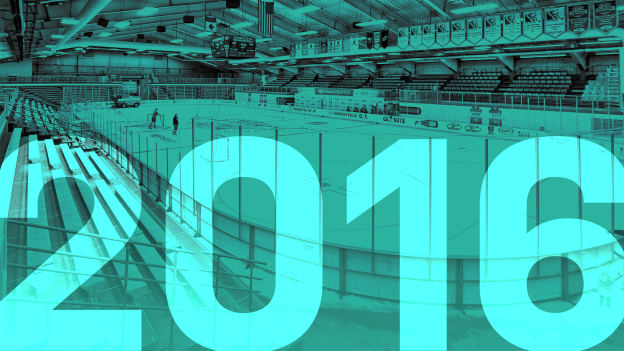
NHL Greener Rinks Initiative™ launched. The initiative provides information about technologies and practices local community ice rinks may use to reduce their operating costs and environmental impact.

The Declaration of Principles unveiled. NHL Green aims to improve access to the game so that everyone can enjoy the hockey experience and uphold these principles.
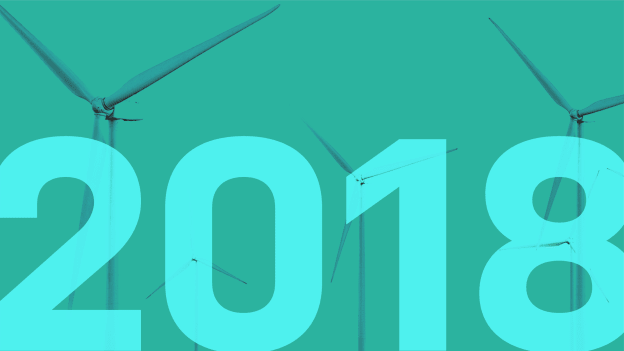
The NHL releases its second sustainability report with updated 5-year goals. NHL Green recommits to educating the broader rink industry and enters into a partnership with Chemours.
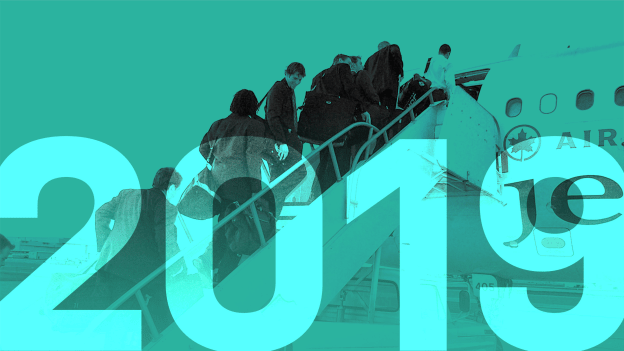
NHL recommits to offsetting Emissions via the counterbalancing of the carbon associated with post-season team air travel. 1,729 carbon offsets were purchased which is equivalent to the reduction of 3,811,000 pounds of carbon dioxide equivalent or the equivalent emissions associated with 4,583,100 vehicle-miles traveled.

NHL Green 10 year anniversary: the NHL renews its commitment to engage fans around building vibrant and healthy communities through hockey while ensuring the sport's infrastructure - from natural ice to community rinks - continues to thrive.

To celebrate the 10th anniversary of NHL Green's Water Restoration Program, the League made a commitment to invest in water improvement projects in the two Stanley Cup Final cities (MTL & TBL) focused on water stewardship and access to underserved communities.
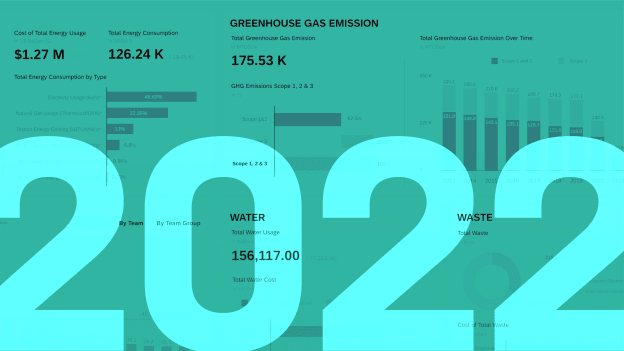
League launches NHL Venue Metrics: a web-based, facility operations data platform that aspires to increase efficiencies, reduce operating costs and ultimately lower carbon emissions and environmental impact in NHL arenas.
